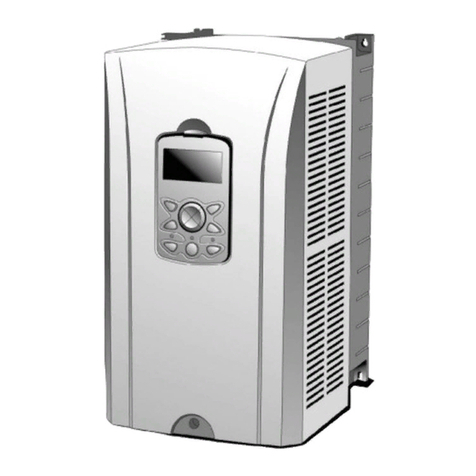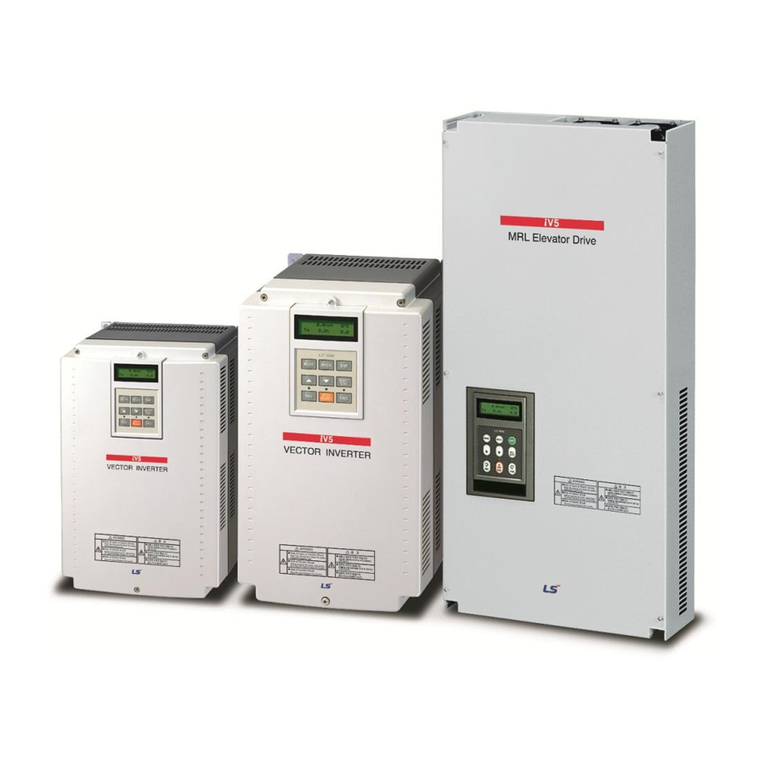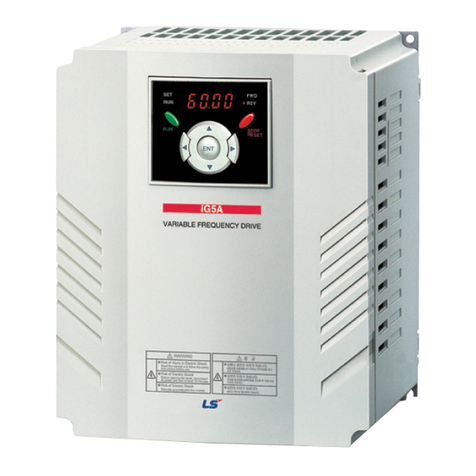Adjustment before starting trial operation
Do not supply the excessive range of voltage displayed in the user manual to
the each terminal. It may cause damage to the inverter.
Current hunting can be occurred in the low speed territory during testing. It
occurs where the capacity is above 110kW with no-load and the axis is not
connected.
The current hunting has a gap according to the motor characteristic. It will be
disappeared when the load is connected and it is not the indication of
abnormal condition.
If the hunting is occurred seriously, please stop the testing and operates with
the load.
Be sure to check relevant parameters for the application before starting trial
operation.
How to Use
Be sure not to approach the machine when retry function is selected. The
machine may start working suddenly.
Stop key on the keypad should be set to be in use. For safety, additional
emergency stop circuit should be required.
Inverter restarts if alarm condition is cleared while FX/RX signal is on.
Therefore, be sure to operate the alarm reset switch after checking if FX / RX
signal is off.
Never modify the inverter for inappropriate use.
When a magnetic contactor is installed on the power source, do not
frequently start or stop using this magnetic contactor. It may cause the failure
of inverter.
Noise filter should be used for the minimization of troubles by electro-
magnetic noise. Electronic equipments close to the inverter should be
protected against the damage caused by troubles.
Be sure to install the AC reactor at the input of inverter in case of input
voltage unbalance. Otherwise, generator or phase-leading capacitors may
be destroyed by the harmonic current from inverter.
If 400V class motor is used with the inverter, insulation-enforced motor
should be used or countermeasures against the suppression of micro-surge
voltage generated by the inverter should be carried out.
Otherwise, micro-surge voltage is generated across input terminal for the
motor and this voltage lowers allowable insulation break-down voltage and
then, may cause the destruction of the motor.
































